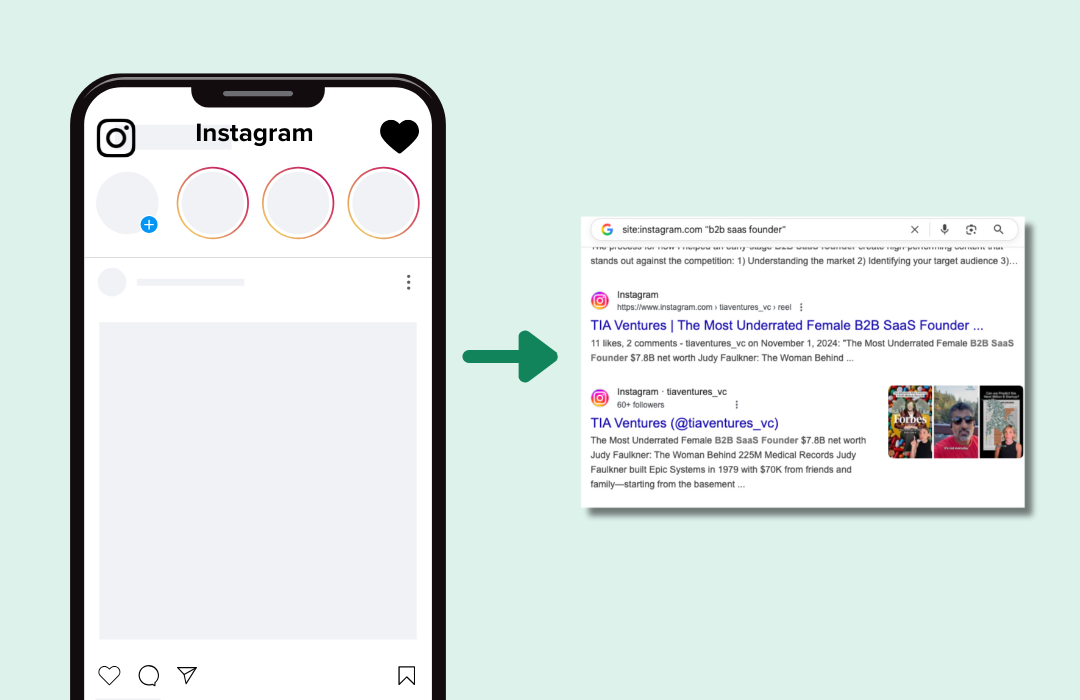Technology is incredible, saving time and effort. But the wrong technology (or the right technology at the wrong time) can end up costing you.
That’s why –– before you buy a single resource –– you should spend some time on tech stack design.
Keep reading for a passive/active approach to sales technology and 3 ways to approach tech stack design for your business.
The Truth About Sales Technology
New technology should do one of two things:
- Support your sales process (lead routing, sales engagement, etc.)
- Support your salespeople (coaching tool, LMS, etc.)
While we tend to think of technology as a time-saver, it can become disruptive if too much of it is implemented too soon.
In the book Sales Engagement (Wiley, 2019), I wrote about the Passive/Active approach, the order in which you buy or implement new tools, and the impact that can have on your sales team.
You need both Sherlock Holmes and Dr. Watson for this approach because you have to find the clues to improving your process AND diagnose opportunities for developing your people.
3 Ways to Approach Tech Stack Design
Science Friction
Science is systematized knowledge and friction is resistance. When there is friction in the system, you can be sure there’s opportunity for improvement.
In the complicated world of selling today, you could hire a full-time detective to find friction in the sales process.
Friction can happen from the point of lead creation and attribution… to assignment… all the way through to exit criteria for stages… and even beyond the deal to commission clawbacks.
There are some amazing tools out there to automate, predict, or circumnavigate a lot of these challenges, but first, the challenges must be found. So what is your process for testing your process?
The best place to start is Process Investigation…
Process Investigation
Sherlock is all about process investigation. And that’s exactly how you need to approach tech decisions. Here are 3 tips for applying your investigative skills to sales technology.
1. Ask your salespeople
Salespeople are known for being vocal. They don’t have to be process-wonks to have an opinion about the tools their using. Just ask them about their biggest pain point as they work through the deal cycle day-to-day. They’ll tell you.
2. Follow the money
Where are you missing the mark in terms of lost deals or over-discounting? Spend your dollars and cents on tools that help you win more and help raise your ACV (average contract value).
3. Where can you add automation?
Time is money –– and having full-time rev ops people doing things that can be easily automated is a waste of money. One example is reporting. How many great tools are available right now to automate reports and highlight insights in the sales funnel? How much of your business are you running manually through Excel?
RELATED: Why Revenue Ops Is Broken Everywhere (And What to Do About It)
There is opportunity to optimize process (and the ability to scale) when you have a focused approach on continuous improvement.
The Up-Skill Battle
Measuring and improving skill feels more like art than science. But is it?
There are some great tools for up-skilling your salespeople, but like most things, a tool is what you use to fix a thing you already know needs fixing.
Before you buy a shiny new LMS (learning management system) or a coaching tool, you need a plan. Ask yourself:
- What should people know?
- How can we measure if/how much they know about that thing?
In my world, we call this the “core competencies.”
I look at these like college courses. In each core competency, there are 3 levels of training:
- 101: the foundational knowledge
- 201: advanced curriculum
- 301: expert level training
You need the right tools to build this out successfully. And you need to measure results as you go.
Testing for retention and application is critical to measure growth and stack-rank skill. When you have the foundational basics, advanced, and expert level curriculum built out, you can always add new competencies or iterate on the training you have in place.
Then, keeping everyone somewhere in this learning cycle, you can create a learning culture.
Three Ideas for Core Competencies for Sales Pros
As you can see, building the right tech stack for your team comes down to 3 things:
1. Relationship building
Empathy, active listening, and discovery are areas that can be trained on and improved over time.
They can also be measured in customer experience, product fit, and renewed deals. This core competency creates thoughtful sales pros who understand their customer’s needs.
2. Combat Training
Objection handling, negotiation, and closing skills are necessary traits to being successful in sales.
They can be measured by conversation quality, deal velocity, and win rates.
3. Required knowledge
Product and industry knowledge can be measured in the most standardized way: by direct testing.
You either know this stuff or you don’t, but to be the best at what you do, you have to understand the industries you are selling into and how to position your product as the best solution.
Back to You
How do you put this to work for your team?
First, find the gaps that can be filled with technology in both process and skill. Then ask yourself how can you tell if/when the gaps have been closed.
The answer to that question is the Pass/Fail of your crash course in tech stack design.







